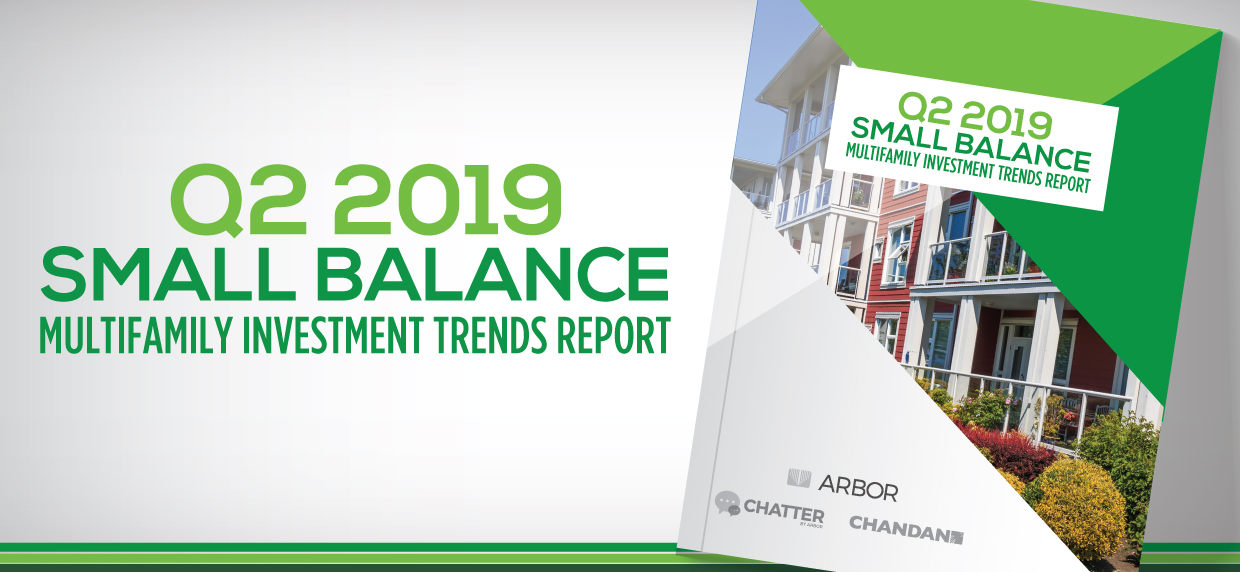In any multifamily project, site selection is a critical step requiring careful consideration. From New York to Los Angeles and all the major metropolitan areas in between, U.S. metros are ripe for new investment, but narrowing down the optimal location is never easy. In a new video, Dr. Sam Chandan, one of the commercial real estate industry’s leading scholars, shares his expert insight into Arbor Realty Trust’s latest Top Markets for Multifamily Investment Report.

Small Balance Lending Surges Through First Half of 2019
Small balance multifamily lending volume in the first half of 2019 totaled $58.5 billion on an annualized basis, representing a 7.9% gain from 2018’s total.
Whether the macroeconomic and real estate cycle continues to lengthen or we begin to see signs of a market correction, we can expect the small balance market to hold steady as lenders continue to maintain conservative underwriting. In the interim, favorable interest rates will elevate refinancing activity, and the sector’s continued maturation and increased agency support will continue to promote liquidity in the space.
For more insights on the small balance multifamily sector, read Arbor Chatter’s “Q2 2019 Small Balance Multifamily Investment Trends Report.”
Explore charts and insights, including:
- Lending Volume
- Cap Rates & Spreads
- Interest Rates
- Leverage & Debt Yields

